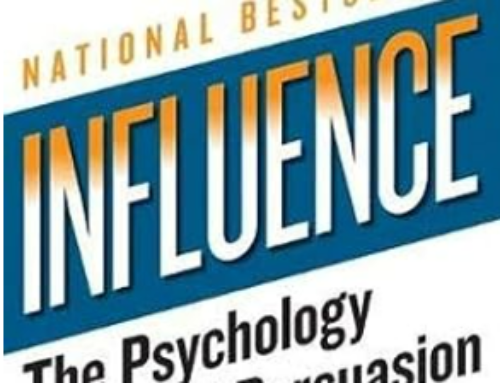Today’s blog post is from: Yes! 50 Scientifically Proven Ways to Be Persuasive
By Goldstein, Martin, and Cialdini
Small little changes to your message can have drastic improvements in results.
Persuasion is science, not art. And Cialdini is the master of studying and teaching that.
Does Fear Persuade or does it Paralyze?
Research has shown that fear arousing communications will generally stimulate the audience to take action to reduce the threat. Unless, the fear producing message does not contain clear and effective messages of how to reduce the fear.
These may deal with the fear by blocking out the message or denying that it applies to them. So, they can be paralyzed into taking no action.
Advertising campaigns that arouse fear should contain clear and effective steps the customer they can take to alleviate the danger. Otherwise, you can cement them into inaction if there is not a clear explanation of what they can do to fix it. Similarly, if you happen to see a problem with a project your company is undertaking you would be wise to present at least 1 alternative.
If you pose the problem, then wait to formulate the strategy- management may have already psychologically blocked the message before or refused to admit that it applies to that particular product.
Nurses and physician will often talk about the danger of high weight. But, it’s only effective if they follow up that with a detailed, specific plan of what to do.
“If you don’t want to be your only friend not making money off real estate, buy a house today.”
“Fix your credit or Over Pay on every car for the rest of your life.”
“If you don’t buy now, rates are going to go up, and you are going to have to pay more money – for the same house – forever.”

